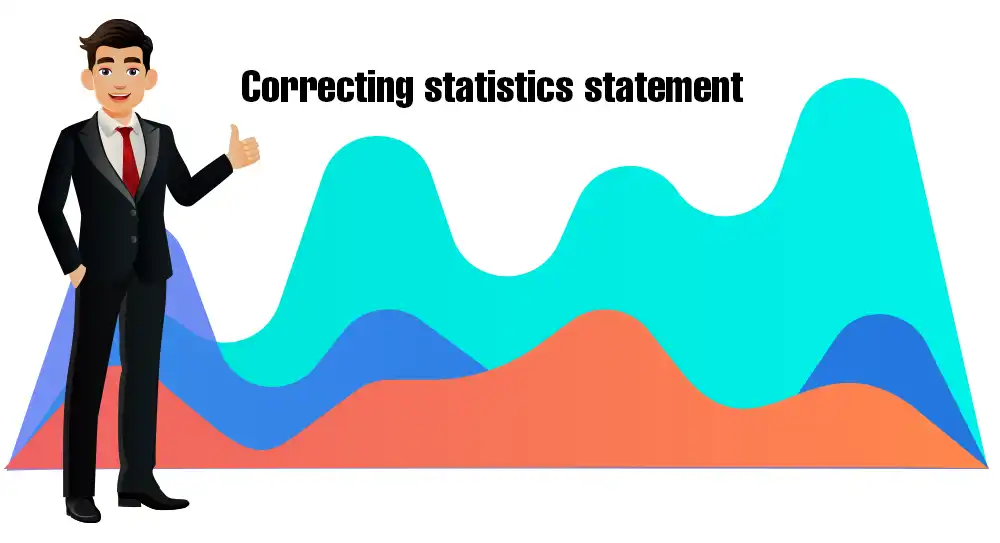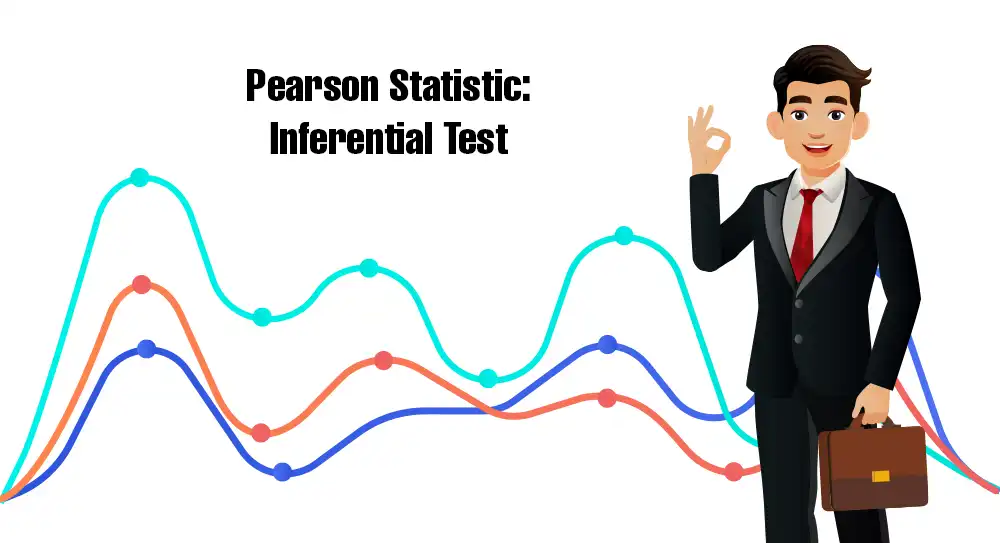Statistics corrections

T-test
Pearson inferential statistic

The direction of the correlation was positive, indicating the number of hours spent wearing the Fitbit predicts older adults’ activity level (as measured in steps). Using Cohen’s (1988) guidelines, the effect size is much larger than typical for studies in this area. The r² indicated that approximately 77% of the variance in older adults’ activity level (as measured in steps) can be predicted from hours spent wearing the Fitbit.
| Table 1: comparison of patient satisfaction between care approaches | ||||||
| Standard of care | GA only | GA+integration intervention | ||||
| n | mean rank | n | mean rank | n | mean rank | p-value |
| 20 | 28.4 | 20 | 17.1 | 20 | 46 | <0.0001 |
A simple linear regression model was used to predict patients’ self-rated quality of life by age. Age (N= 50, M= 74, median= 72.5, mode= 67, SD= 8.08, skewed= .553, and range= 30.00), patients’ self-rated quality of life(N= 50, M= 0.68, median= 0, mode=0, SD= 1.05, skewed= 1.763, and range= 4.00). An insignificant regression model was found (F(1,48)=0.121, p=0.730, R2=0.003). No errors could be found in the information after checking the raw data against the data in the Data View, minimum and maximum values were within the range of the codebook. The predicted regression model is 0.195+0.007age. A year increase in age leads to a 0.007 increase in patients’ self-rated quality of life(49)=0.347, p=0.730. Age was found to be an insignificant predictor of patients’ self-rated quality of life. A very small effect size of 0.003 was found.
Kendal’s tau b was used to determine if gender influences functional scores. Functional Score(N= 50, M= 2.76, median= 3, mode=3, SD= 1.17, skewed= 0.33, and range= 4.00), Gender (N= 50, male=27(54%), Female =23(46%)). No errors could be found in the information after checking the raw data against the data in the Data View, minimum and maximum values were within the range of the codebook. The result was not significant (tau=0.444, p=0.1). This means that gender does not influence the patient’s functional score.
Logistic Regression
Odds ratio calculation
The confidence 95% interval is calculated as
Upper 95% CI=
| exposure * foodp Crosstabulation | ||||
| Count | ||||
| foodp | Total | |||
| food poisoning | no food poisoning | |||
| exposure | ate fish | 66 | 34 | 100 |
| do not eat fish | 15 | 85 | 100 | |
| Total | 81 | 119 | 200 | |
| Variables in the Equation | |||||||||
| B | S.E. | Wald | df | Sig. | Exp(B) | 95% C.I.for EXP(B) | |||
| Lower | Upper | ||||||||
| Step 1a | exposure | 2.398 | .351 | 46.749 | 1 | .000 | 11.000 | 5.532 | 21.873 |
| Constant | -3.061 | .507 | 36.507 | 1 | .000 | .047 | |||
| a. Variable(s) entered on step 1: exposure. | |||||||||
Correlation
| Journal Issue #: 61 First author: Bridie McCarthy number of authors: 8 Interdisciplinary team Yes Biostatistician or statistician listed as coauthor No Study design: quasi-experimental, one-group pre-post-test. | ||
| criteria | Yes/No | Remarks |
| 1. Study contains a power analysis | No | Power analysis was not mentioned nor carried out. Adequacy of sample size and how they came about the sample size was not indicated. |
| 2. Analytic approach is appropriate to the study design | Uncertain | The authors used an independent t-test and its non-parametric equivalent (Mann-Whitney U test), ANOVA, and its non-parametric equivalent (Kruskal Wallis test) as well as a linear regression model. But since no research question was stated, we would not know if they are appropriate. However, something suggested from the topic is a comparison of pre and post-intervention coping strategy but this is missing in the whole analysis. |
| 3. Analysis addresses each research question or hypothesis | No | No research question nor hypothesis was formulated by the authors and this makes it difficult to evaluate the methods since we do not know what they set out to achieve. The only thing they stated is the aim which is to investigate the impact of a psycho-educational intervention “Coping with Stressful Events” with first-year undergraduate nursing and midwifery students but this is enough there ought to be specific research questions that will point to the aim. |
| 4. Normality assumption of the data addressed | Yes | The authors addressed the non-normality of the data by presenting a non-parametric test result that is robust to non-normality. However, the non-parametric test used (Mann-Whitney U test) is not appropriate for paired sample |
| 5. Level of data: categorical, ordinal, continuous is identified | Yes | Though this is not explicitly stated it is implied in the discussion of their research instrument. |
| 6. Statistical/analytical approach is described and appropriate to the level of data | No | The authors only made mention of their statistical approach but the reason it was adopted was not stated. Why an independent t-test? ANOVA? And linear regressions? These were not answered and the assumptions underlying them were not addressed. |
| 7. Both descriptive data and inferential statistics are reported | Partly | The author reported all descriptive statistics as well as a result of the inferential analysis. However, the raw data were not presented. |
| 8. Description of analytic approach sufficient to replicate the analysis | Yes | The authors indicated which test they were running and which variables are being used to run the test. I believe this is enough to replicate the work |
| 9. Differentiates between clinical and statistical significance | No | The authors only describe the statistical significance of their studies and statistical implication but the significance of clinical activity was not discussed. |
The paper did not meet two-third of the criteria proposed by Cohen et.al. (2009). The first observation to make is that research questions/hypothesis was not spelled out and without research questions/hypothesis, there is no way to evaluate if what is being done is appropriate or not. if I were to do this, the first thing I will do is to spell out the research questions/hypothesis.
From the topic, it is implied that the author wants to compare pre-intervention and post-intervention coping with the stressful events but the authors went on to compare gender, age group, and living arrangements separately for pre and post-intervention. This somehow derails from what is implied by the aim of the study. I would have done a paired t-test or its non-parametric equivalent (Wilcoxon rank test) or better still if I want to study the effect of these demographic variables along, I would have done a mixed design to cater for the dependent and independent groups. Although, the author carried out a regression with the interaction of time and demographic variables, however, this is not enough when the interaction is significant, with a mixed model, we would have been able to determine the simple effect of each independent variables which is not possible in the regression model.